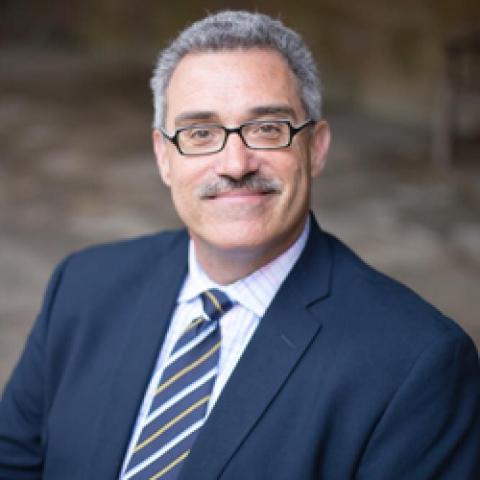
The Very Rev. J. Mark Goodman, Dean of the Cathedral of St. John, Albuquerque, New Mexico, installed Maxine Thevenot as Canon Precentor of the cathedral on Sunday, October 19, 2014.
Since January 2010, Dr. Thevenot has served at the cathedral as Director of Cathedral Music & Organist, after serving as Acting Director of Cathedral Music (September–December 2009) and Associate Organist-Choir Director (2005-2009).
Thevenot’s two colleagues, Canon Rev. Shawn Wamsley and Canon Rev. Steven Caldwell, were also made Residentiary Canons of the Cathedral.



